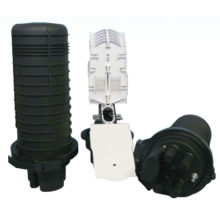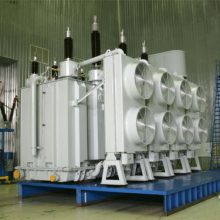What is a Fiber Optic Fusion Splicer?
Fusion splicing is the act of joining two optical fibers end-to-end using heat. The goal is to fuse the two fibers together in such a way that light passing through the fibers is not scattered or reflected back by the splice, and so that the splice and the region surrounding it are almost as strong as the virgin fiber itself.
The source of heat is usually an electric arc, but can also be a laser, or a gas flame, or a tungsten filament through which current is passed.
How does a Fiber Optic Fusion Splicer work?
Current fusion splicers are either core or cladding alignment. Using one of these methods the two cleaved fibers are automatically aligned by the fusion splicer in the x,y,z plane, then are fused together.
Prior to the removal of the spliced fiber from the fusion splicer, a proof-test is performed to ensure that the splice is strong enough to survive handling, packaging and extended use. The bare fiber area is protected either by recoating or with a splice protector. A splice protector is a heat shrinkable tube with a strength membrane and less loss.










